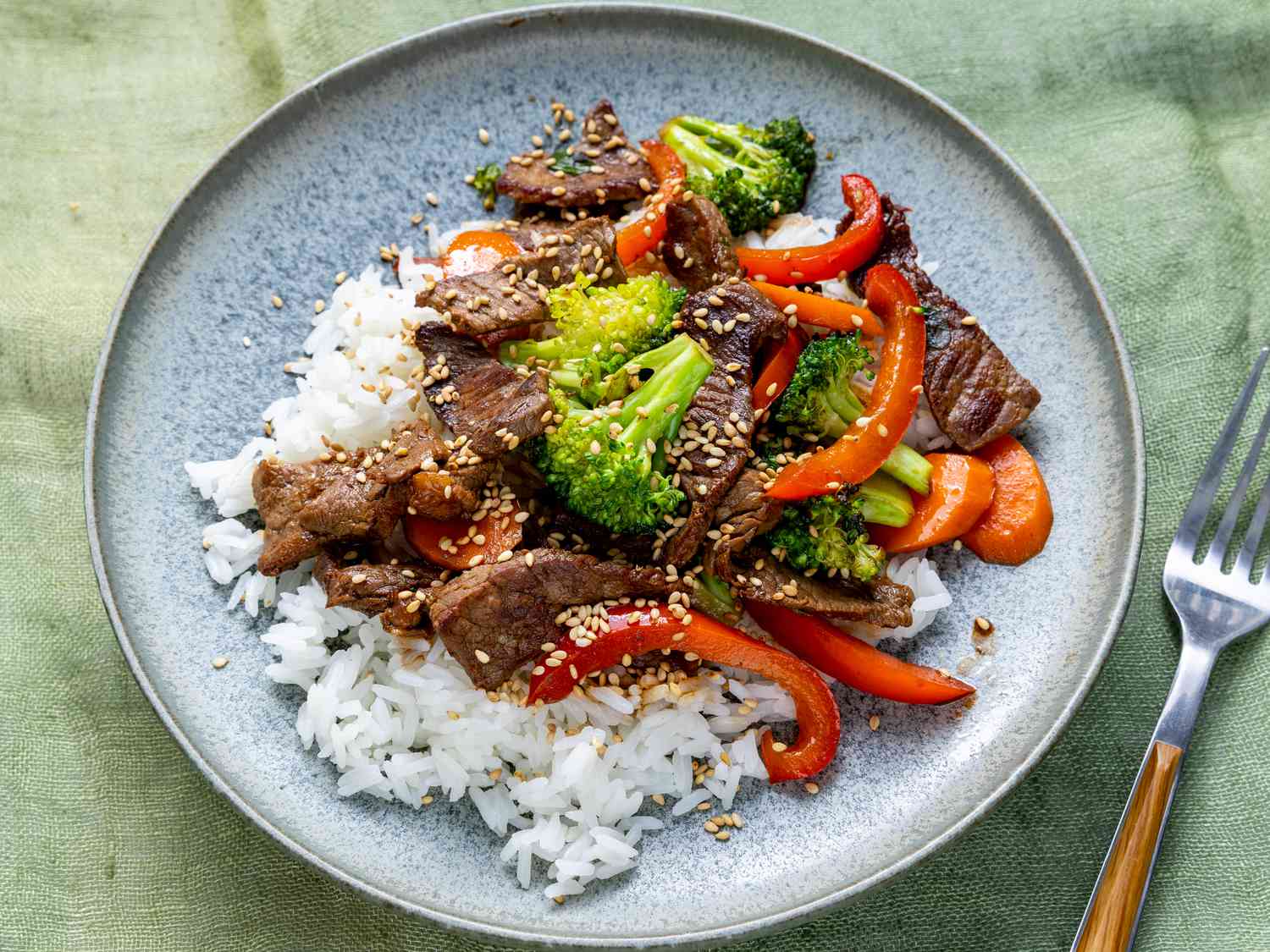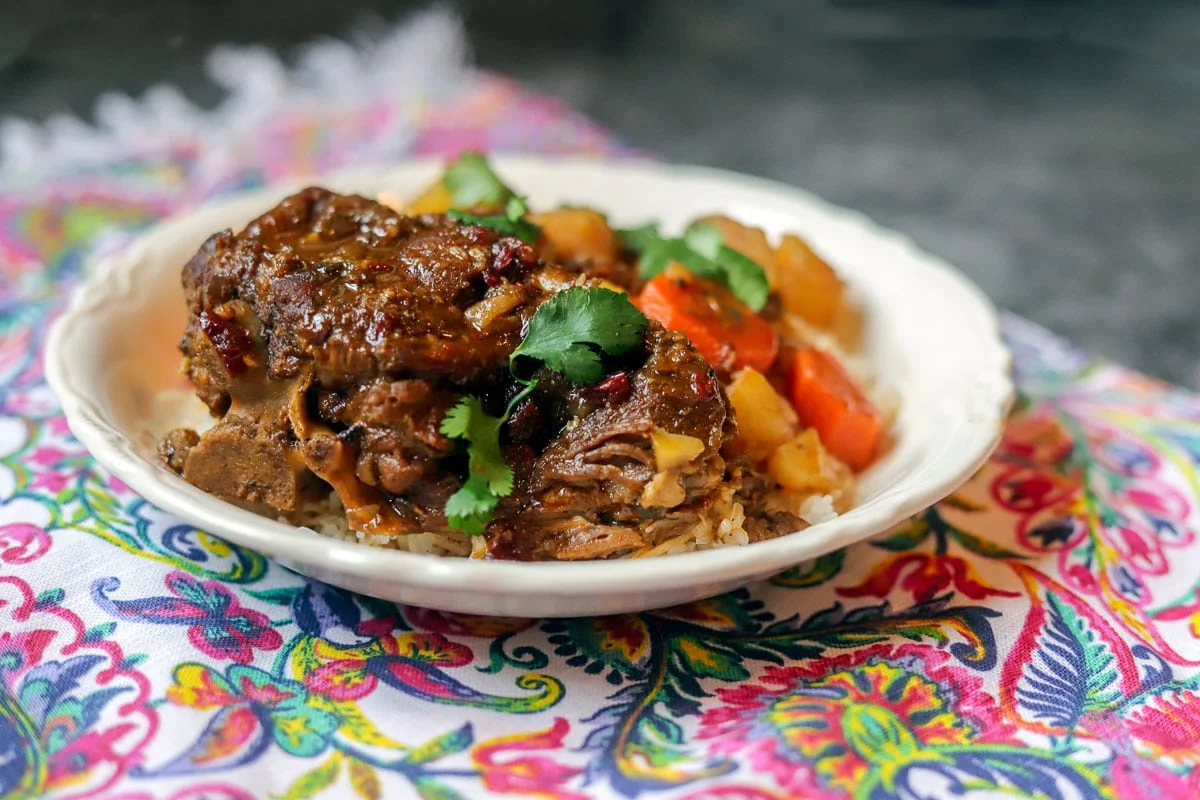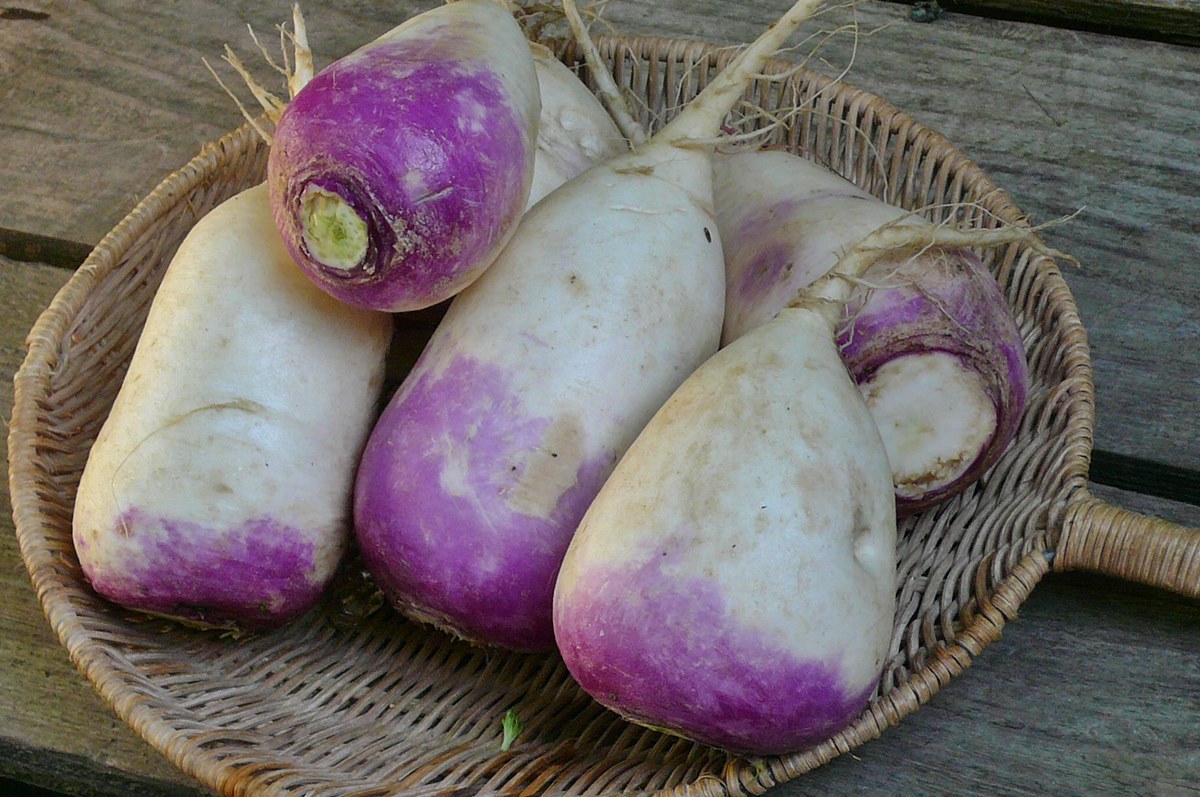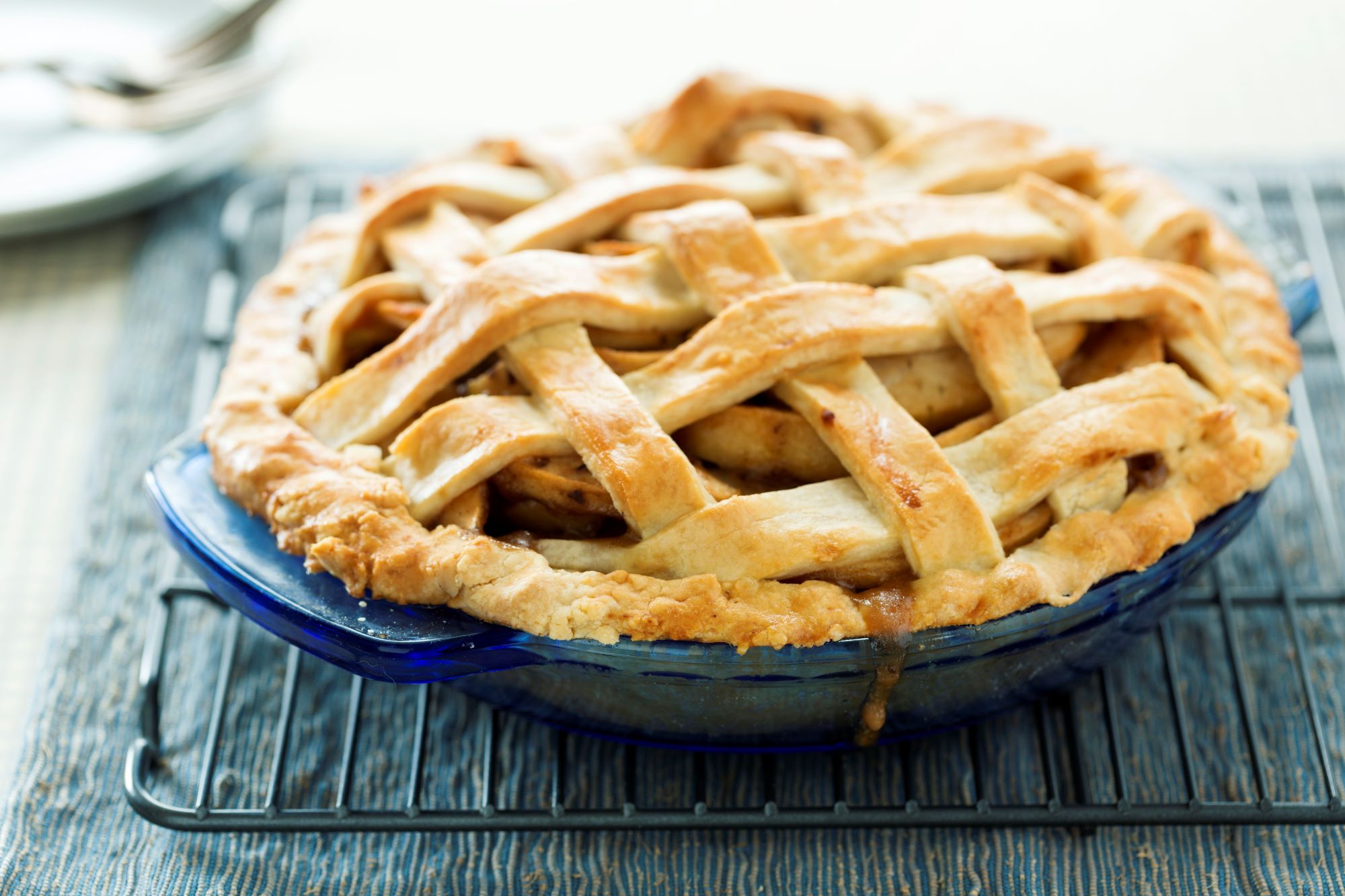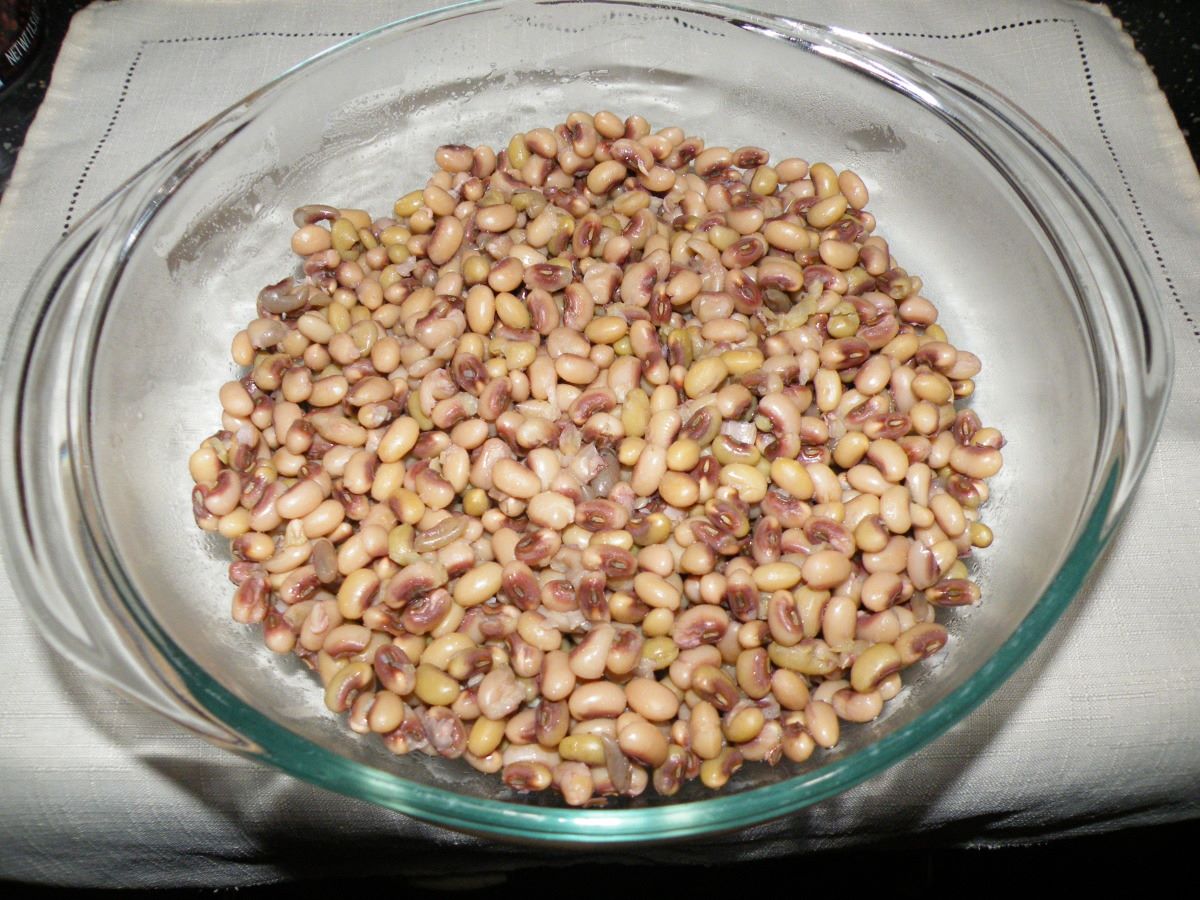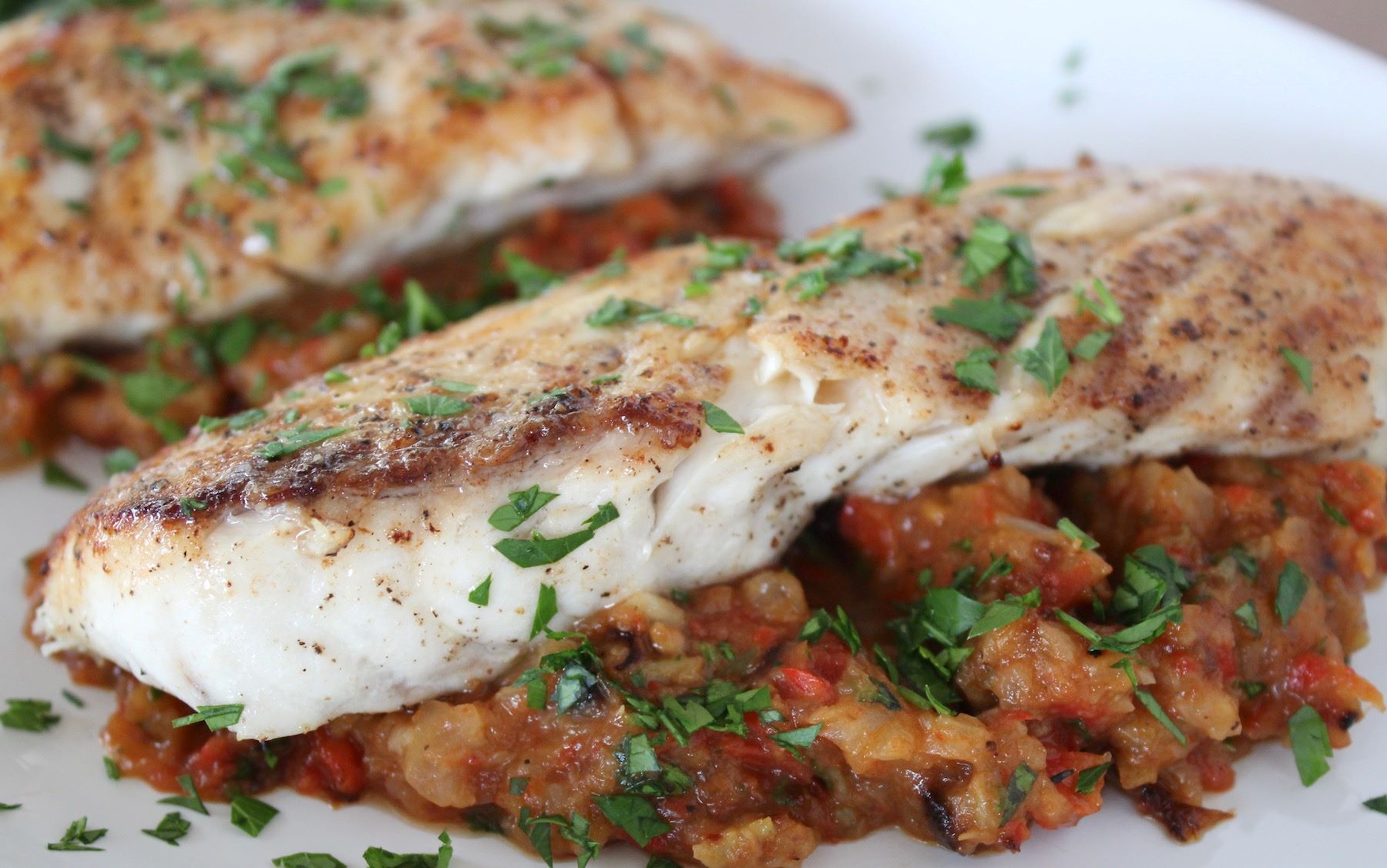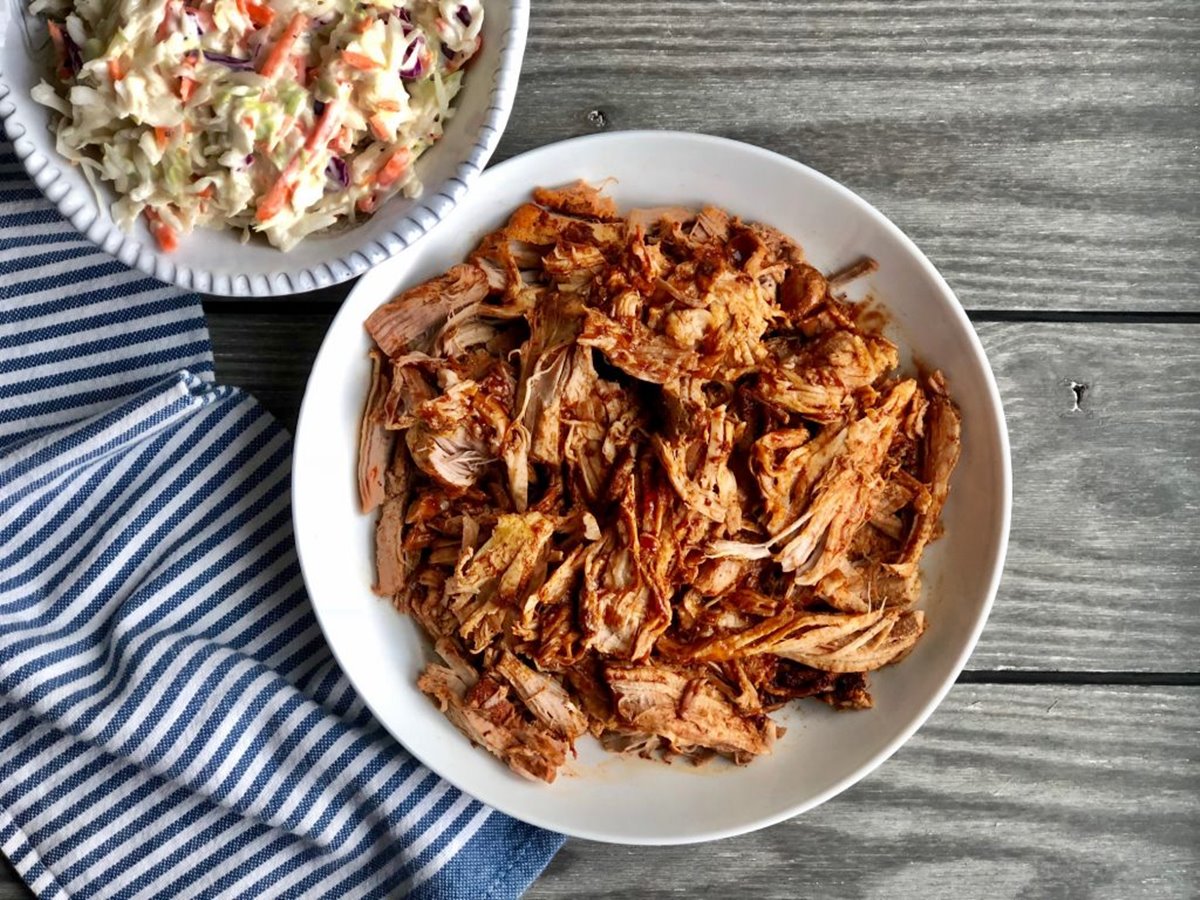The Perfect Way to Prepare Spinach for Your Delicious Lasagna
One of the key ingredients that can take your lasagna to the next level is spinach. Not only does it add a vibrant pop of color, but it also brings a healthy element to the dish. Cooking spinach for lasagna may seem like a simple task, but there are a few essential steps to ensure you achieve that perfect balance of flavors and textures. Here’s a step-by-step guide to help you prepare spinach for your mouthwatering lasagna:
1. Selecting the Right Spinach
When it comes to choosing the spinach for your lasagna, freshness is crucial. Look for fresh, vibrant-looking spinach leaves that are not wilted or yellowed. Using baby spinach leaves is a great option as they are tender and have a milder taste. Ensure you pick a sufficient amount of spinach to provide a generous layer in your lasagna.
2. Cleaning and Preparing the Spinach
Before you start cooking the spinach, it’s important to thoroughly clean and prepare it. Follow these simple steps:
- Fill a large bowl with cold water.
- Submerge the spinach leaves in the water and swish them around to remove any dirt or grit.
- Remove the spinach from the water and rinse it under cold running water.
- Pat the spinach dry with paper towels or using a salad spinner to remove excess moisture.
3. Sautéing the Spinach
Now it’s time to bring out the flavors of the spinach by sautéing it:
- Heat a large skillet over medium heat.
- Add a drizzle of olive oil and allow it to heat up.
- Add the cleaned and dried spinach to the skillet.
- Sprinkle a pinch of salt and pepper over the spinach to season it.
- Sauté the spinach for a few minutes until it wilts down, stirring occasionally.
- Remove the skillet from the heat and set it aside.
4. Incorporating the Spinach into Your Lasagna
Now that your spinach is perfectly cooked, it’s time to add it to your lasagna:
- Prepare your lasagna recipe as usual, whether it’s a classic meat lasagna or a vegetarian option.
- Spread a layer of your chosen marinara sauce on the bottom of the baking dish.
- Place a layer of lasagna noodles over the sauce.
- Spread a portion of the sautéed spinach evenly over the noodles.
- Continue layering the lasagna with sauce, noodles, and spinach until you’ve used all your ingredients.
- Finish with a final layer of sauce and a generous sprinkle of cheese on top.
Bake your lasagna according to your recipe’s instructions, allowing the flavors to meld together and the cheese to melt into a delicious golden crust.
Conclusion
By following these simple steps, you’ll be able to cook spinach to perfection for your mouthwatering lasagna. The sautéed spinach will bring a burst of flavor and a healthy touch to your dish, making it an irresistible meal for family and friends. Don’t hesitate to experiment with different seasonings or even mix in other vegetables like mushrooms or bell peppers. Get creative and make your lasagna truly unique!
For those looking to master cooking spinach for lasagna, there are plenty of exciting recipes to explore. They might want to try the Spinach and Ricotta Stuffed Shells Recipe for a comforting classic, or the Spinach and Mushroom Lasagna Recipe for a rich, earthy flavor. The Classic Spinach and Ricotta Lasagna Recipe is a go-to for its simplicity and deliciousness. For a twist, the Spinach and Chicken Lasagna with Alfredo Sauce Recipe offers a creamy delight, while the Spinach and Three-Cheese Lasagna Recipe brings a cheesy heaven to the table. Each of these dishes leverages the spinach cooking techniques beautifully and provides a unique taste experience worth trying.
Was this page helpful?
Read Next: How To Cook Pork Chunks On Stove Top

